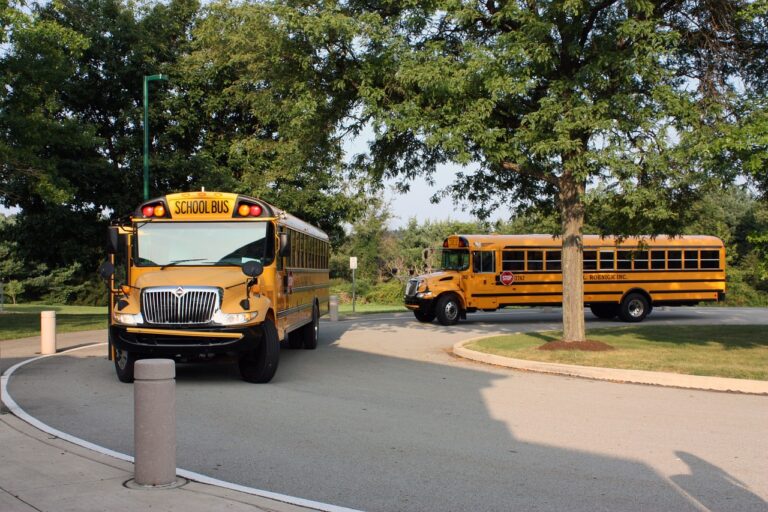Navigating the Role of Social Media in Education: Opportunities and Challenges
Social media has undeniably transformed the landscape of education in recent years. Its evolution from being primarily a platform for social interaction to a powerful tool for learning and collaboration has been remarkable. Teachers and students alike have embraced social media as a means to enhance communication, engagement, and access to information.
With the rise of social media platforms such as Twitter, Facebook, and Instagram, educators have found new ways to connect with students both inside and outside the classroom. These platforms have enabled teachers to share resources, communicate important updates, and create online communities where students can collaborate and learn from each other. As social media continues to evolve, its impact on education is expected to grow even further, shaping the way educators teach and students learn in the digital age.
The Benefits of Using Social Media in the Classroom
Social media offers a multitude of benefits when integrated into the classroom setting. One of the key advantages is the enhancement of student engagement. With the use of platforms like Instagram and Twitter, educators can create interactive and dynamic learning experiences that resonate with today’s tech-savvy generation. Visual content, polls, and live updates can all be used to capture students’ attention and foster active participation in the learning process.
Furthermore, social media provides a platform for collaborative learning and peer-to-peer interaction. Students have the opportunity to connect with their classmates outside of traditional classroom hours, facilitating discussions, sharing resources, and working together on group projects. This fosters a sense of community within the classroom and allows students to develop important communication and collaboration skills that are essential for success in the digital age.
Effective Strategies for Integrating Social Media into Educational Settings
Social media has become an integral part of students’ daily lives, making it a valuable tool for educators to leverage in the classroom. One effective strategy for integrating social media into educational settings is by creating collaborative projects that encourage students to work together online. Platforms like Google Classroom or Padlet can facilitate group discussions, document sharing, and real-time feedback, fostering a sense of teamwork and community among students.
Another key strategy is using social media as a platform for engaging with students outside of class hours. Educators can create dedicated social media accounts for their courses where they share supplemental resources, pose discussion questions, or provide updates on assignments. This not only helps to deepen students’ understanding of the course material but also encourages a more dynamic and interactive learning experience.





